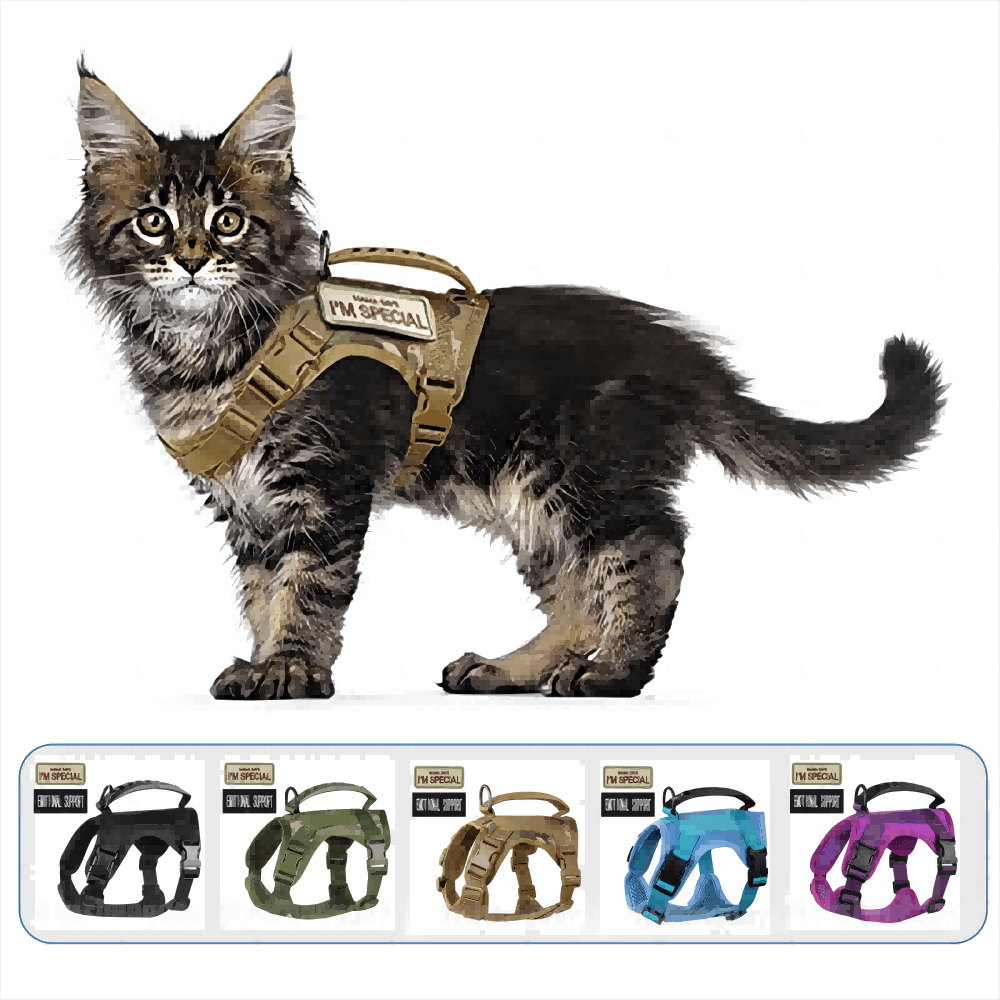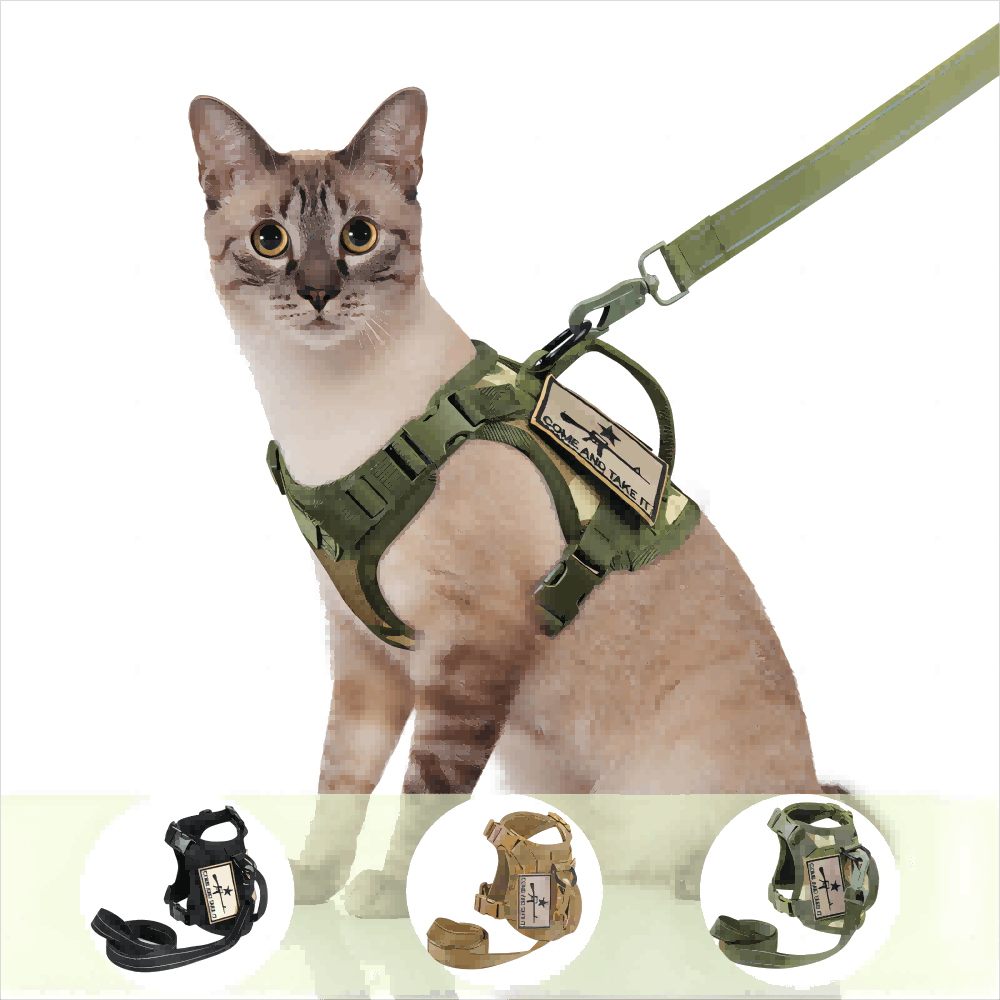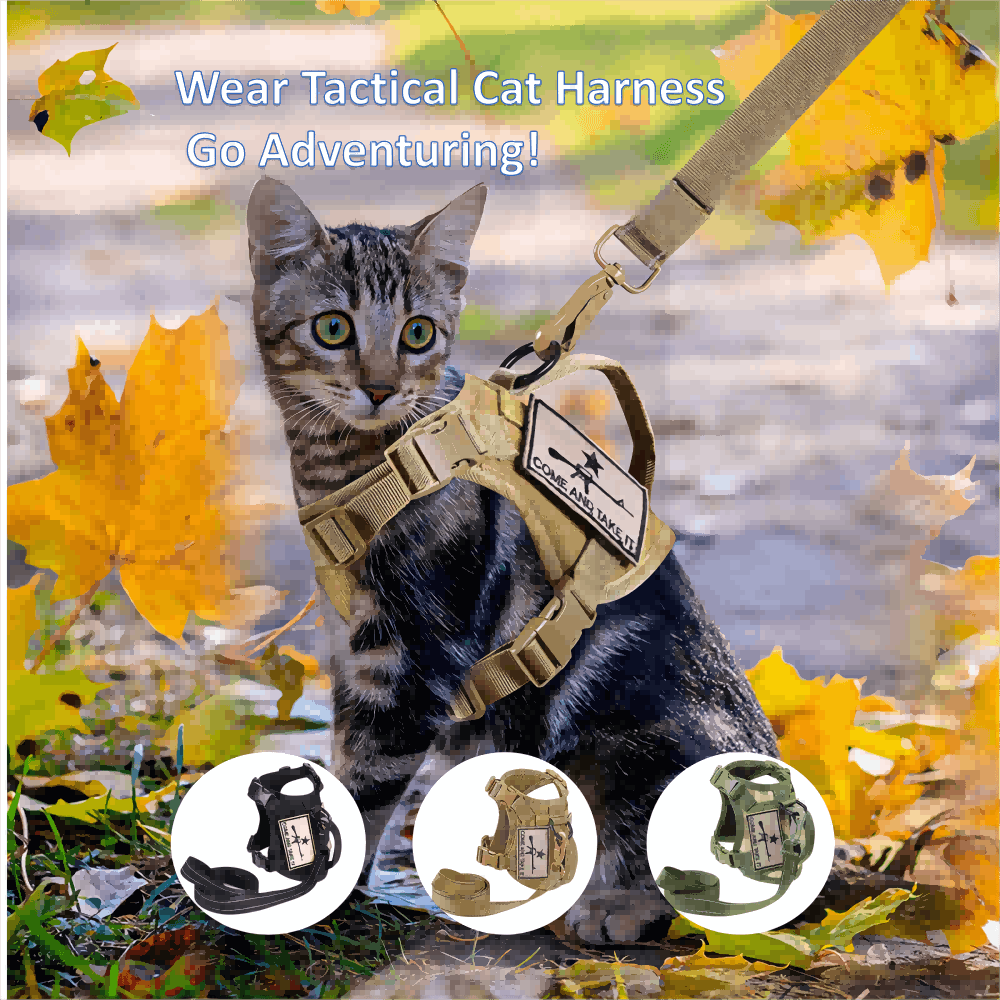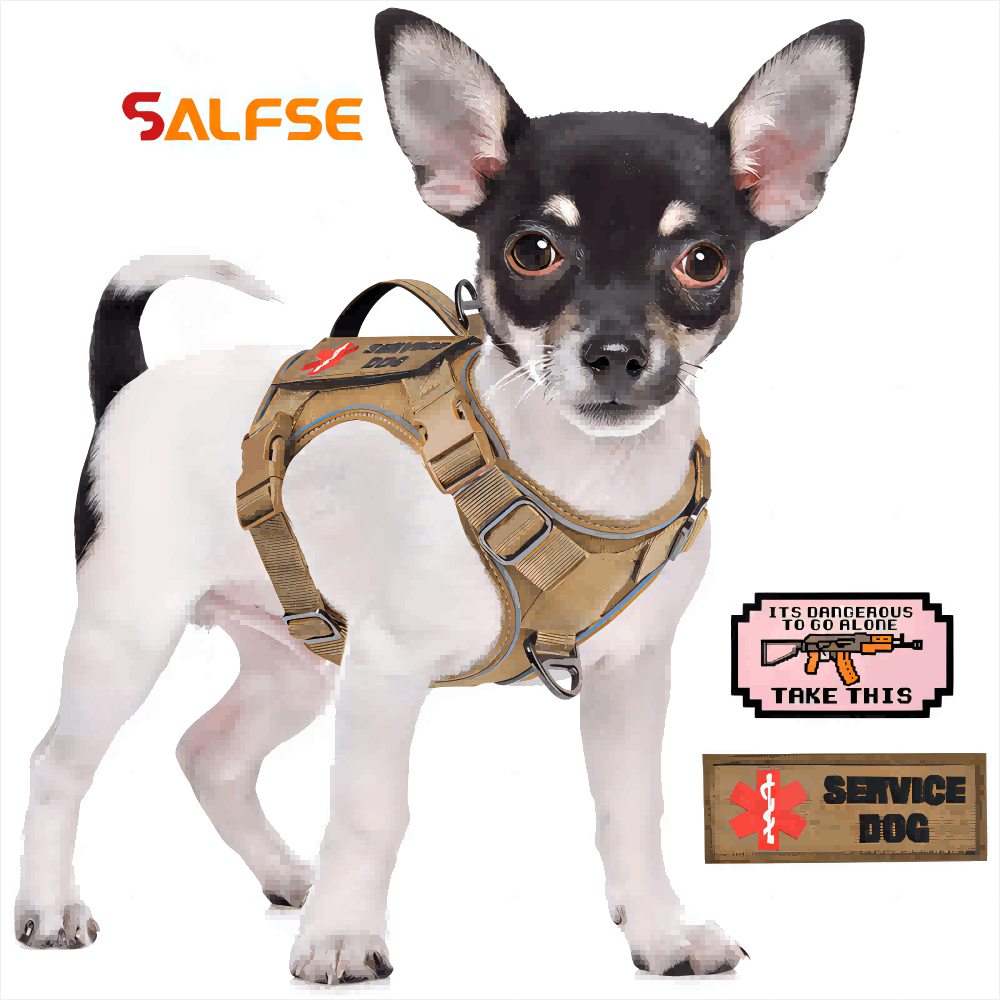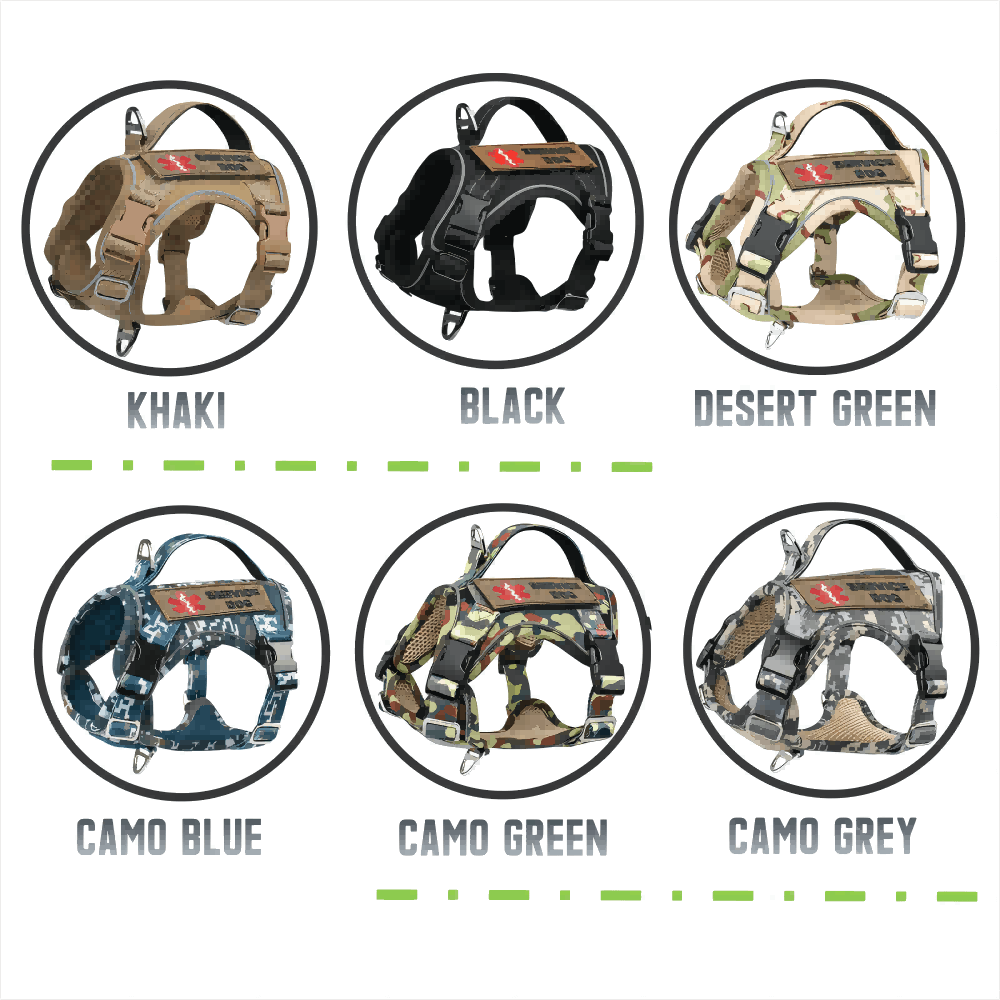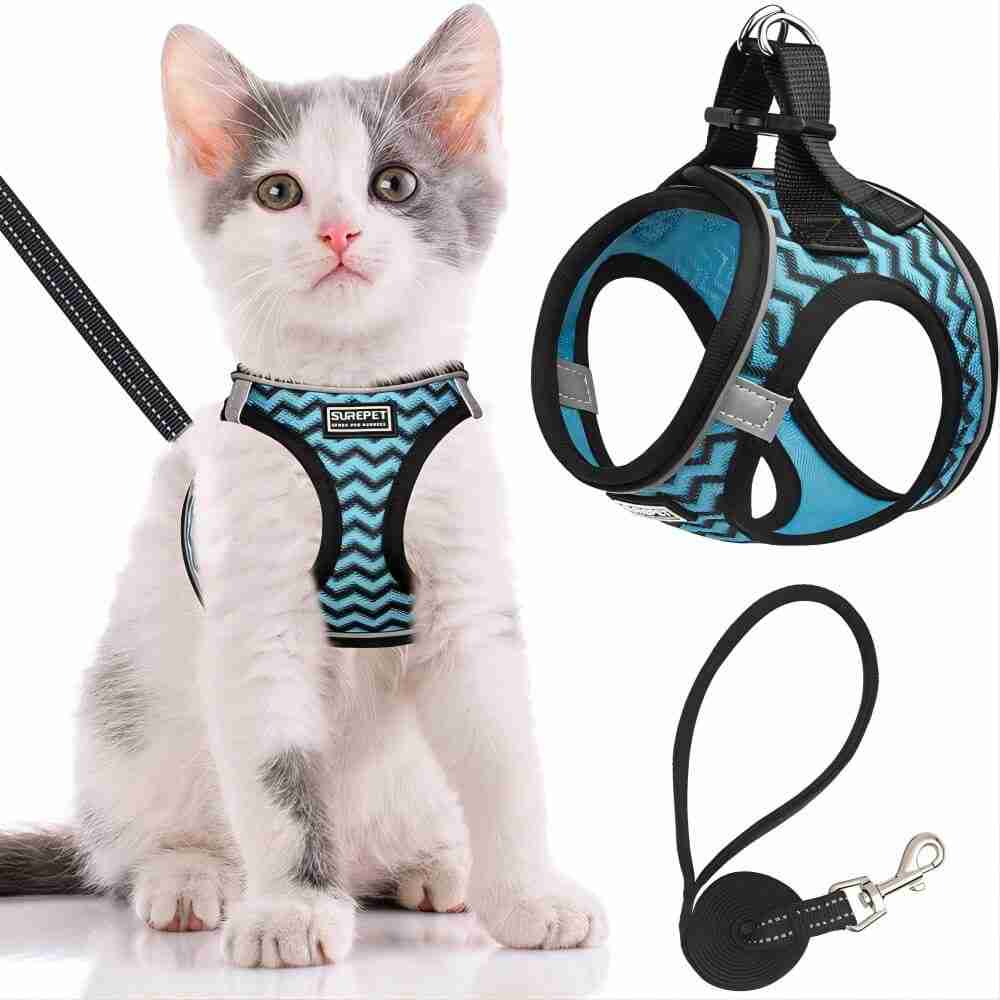1.Eye contact suppression: When the dog makes eye contact with other dogs, the owner should stop it. Glaring at each other can signal a war is about to break out, so blocking eye contact can avoid a potential conflict.
2.Deal with the behavior of fighting for dominance: If the dog fights for dominance and causes aggression, it may be more difficult to deal with. In this case, they often display aggressive body postures and growls prior to the fight. One way to deal with this is to back off one of the dogs, but this needs to be done carefully so as not to provoke the dog into attacking the owner.
3.Avoid forcibly pulling back: When the dog has aggressive behavior, the owner may subconsciously tighten the leash, but such a forcible pulling back may aggravate the dog’s aggressive behavior. The correct way is to turn the dog’s head away so that it cannot look at other dogs.
4.Distraction: In the face of potential aggressive behavior, the owner can use the dog’s favorite toys to attract its attention and order it to sit down. Rewarding your dog when he behaves well can help divert his attention and change his behavior.
5.Recall training: In a quiet environment, use a long leash to train the dog to return to the owner. Recall training is enhanced by rewarding the dog for non-aggressive behavior in the presence of other dogs but at a distance.
Below we will explain in detail the specific steps of this dog training method
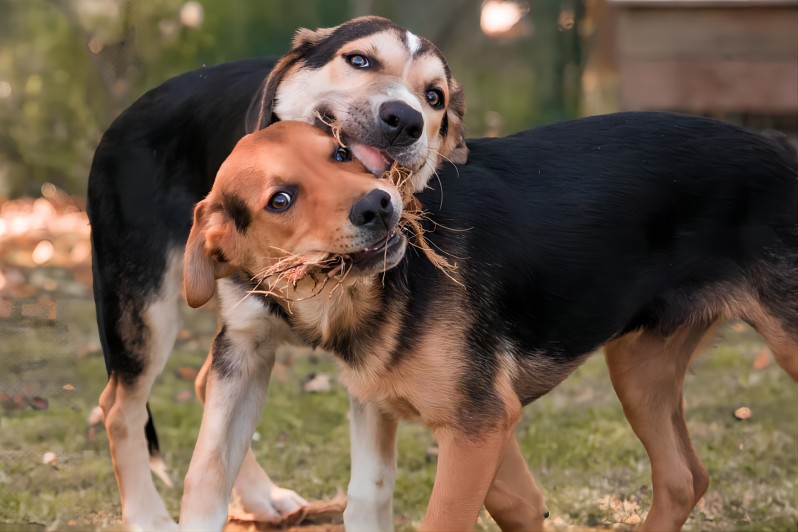
In many cases, a dog’s apparent aggressive behavior is actually a defense, not an attack. He may be letting other dogs go, but he hasn’t learned the proper way to socialize. So the goal of training is to let the dog learn to live in harmony with other dogs, not to attack each other.
1.Stop eye contact: When a dog makes eye contact with other dogs, stop it decisively, and you can adopt a calm and serious tone, such as using commands such as “Stop!” or “Don’t!” At the same time, you can use the leash to gently pull the dog to divert its attention to other things.
2.Deal with the behavior of fighting for dominance: If the dog has aggression because of the dominance, the owner should keep calm and avoid personally intervening. The method of observing and staying away can be adopted to let the dog solve the problem within a certain distance. If a fight gets serious, seek the help of a professional trainer.
3.Avoid forcibly pulling back: When the dog shows aggressive behavior, do not pull back forcibly by pulling the leash, which may cause the dog to be more excited and restless. You can use the leash to gently guide the dog’s head in other directions so that it stops looking at other dogs.

4.Distraction: In order to distract the dog’s attention, you can carry its favorite toys when going out. When there is a potential attack behavior, use the toy to attract the dog’s attention, and at the same time give the order to “sit down”. When the dog obeys the command and behaves well, reward it in time, which can be a treat or praise that the dog likes.
5.Recall training: In a quiet environment, use a long leash to train the dog to return to the owner. At the beginning, you can choose to practice in a place where there are no other dogs. After the dog is familiar with the recall command, gradually increase the presence of other dogs. When the dog successfully returns to the owner without aggression, reward and praise it in time to encourage it to continue to learn and improve its behavior.

Core Points and Principles
1.The dog’s aggressive behavior is usually a defensive performance, and the owner should always remain calm and patient during the training process. Important core points and principles include:
2.Establish the correct way of communication: let the dog learn to live in harmony with other dogs instead of attacking each other. Through the correct training method, guide the dog to express emotions and needs correctly.
3.Stop the aggressive behavior: The owner should stop the aggressive behavior of the dog in time, but avoid excessive intervention or use of violence, so as not to cause more serious problems. When stopping aggressive behavior, you can adopt a calm and firm tone and posture, and at the same time use appropriate commands and actions to guide the dog to change its behavior.

4.Distraction and positive incentives: In the face of potential aggressive behavior, the owner can adopt distraction methods, such as using toys or treats that the dog likes to attract its attention. At the same time, give positive incentives and rewards in time to let the dog know that correct behavior will be appreciated and rewarded.
5.The importance of recall training: recall training is a key skill, which can enable dogs to quickly return to their owners in the face of potential conflicts and avoid unnecessary disputes. Through recall training, the dog not only learns to obey the owner’s instructions, but also enhances its trust and dependence on the owner.
6.Gradually increase the challenge: During the training process, the owner should gradually increase the challenge according to the progress of the dog, such as gradually increasing the presence of other dogs, so that the dog can gradually adapt and improve its behavior. At the same time, the owner should understand the dog’s personality and preferences, because different dogs may have different responses to training methods.
7.Persistence and patience: Training a dog to live in harmony with other dogs is a process that requires persistence and patience. Different dogs learn and change at different speeds. The owner should be patient, and continue to repeat and strengthen the training until the dog gradually develops good behavior habits.
(Tip: take your dog out and let him wear a tactical dog harness, he’ll look really cool)

Training a dog to live in harmony with other dogs is an important and complex training topic. During the training process, the owner should understand the reasons behind the dog’s aggressive behavior, and adopt appropriate methods and skills to guide the dog to express emotions and needs correctly, and avoid unnecessary conflicts. Key takeaways include stopping eye contact, dealing with dominance fights, avoiding pullbacks, distraction and positive motivation, and the importance of recall training. During the training process, the owner should be persistent and patient, gradually increase the challenge according to the progress of the dog, and understand the personality and preferences of different dogs. Through correct training methods and persistent efforts, I believe that every dog can learn to live in harmony with other dogs and become a civilized pet and social partner.
Questions and answers about training your dog to get along with other dogs
Q1: How to judge whether a dog is suitable to live in harmony with other dogs?
A: To judge whether a dog is suitable to live in harmony with other dogs, the first thing to consider is the dog’s breed and personality. Some social, friendly and cheerful breeds generally get along better with other dogs, while some independent, territorial breeds may require more social training. In addition, observe the behavior of the dog when interacting with other dogs, whether it shows behaviors such as aggression or overexcitement.
Q2: How to avoid conflicts between dogs when interacting with other dogs?
A: In order to avoid conflicts when the dog interacts with other dogs, the owner can carry out social training in advance, so that the dog can gradually adapt to and contact other dogs. At the same time, pay attention to the dog’s emotions and behaviors when interacting with other dogs. Once you find aggressive or nervous performance, you should stop it in time and take appropriate training measures.
Q3: When there is a conflict between dogs, how should the owner respond?
A: When there is a conflict between dogs, the owner should remain calm and rational, and do not use violence or forcibly intervene. With the right commands and actions, the owner can stop the conflict and distract the dogs so that they can refocus on the owner. After the conflict is resolved, the dog should be given appropriate rewards and praise to reinforce correct behavior.
Q4: How to correctly carry out recall training, so that the dog can return to the owner?
A: Recall training is an important skill that can be done in a quiet environment with a long leash. First, guide the dog back to the owner with clear and concise commands, such as “come” or “come back.” At the same time, you can use your favorite treats or toys to attract the dog and make it willing to return to the owner. During training, be patient and persistent, gradually increasing the challenge until the dog can reliably return to its owner.
Q5: How to maintain the training results of dogs getting along well with other dogs?
A: In order to maintain the training results of the dog getting along well with other dogs, the owner needs to train persistently and continue to pay attention to the dog’s social behavior in daily life. If the dog behaves well, rewards and positive incentives should be given in time. Additionally, owners should try to keep their dogs out of conflict or stressful social situations and keep them happy and relaxed in social situations. With consistent training and proper placement, your dog will be able to get along well with other dogs and become a social and friendly pet companion.
Previous section: How to train a dog to stop jumping?-Dog training (23)
Next section: How to train a dog to play happily with children?-Dog training (25)

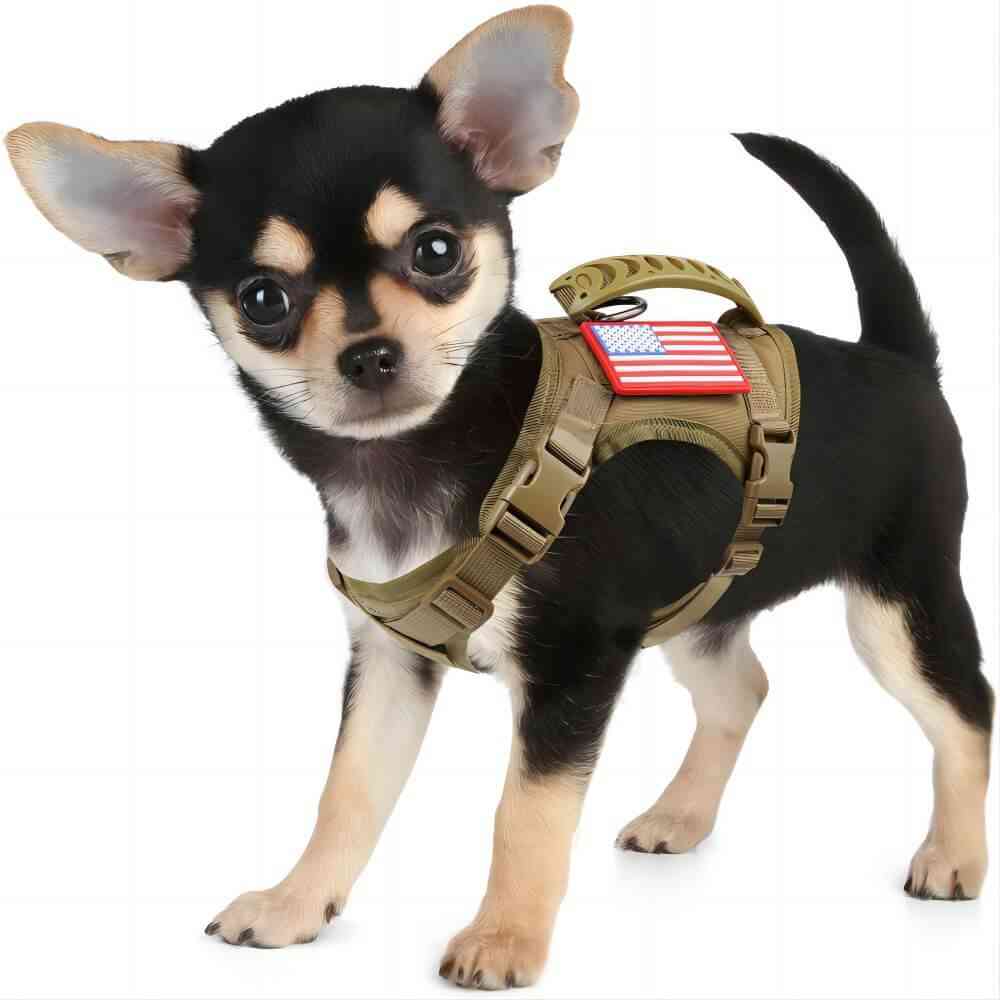

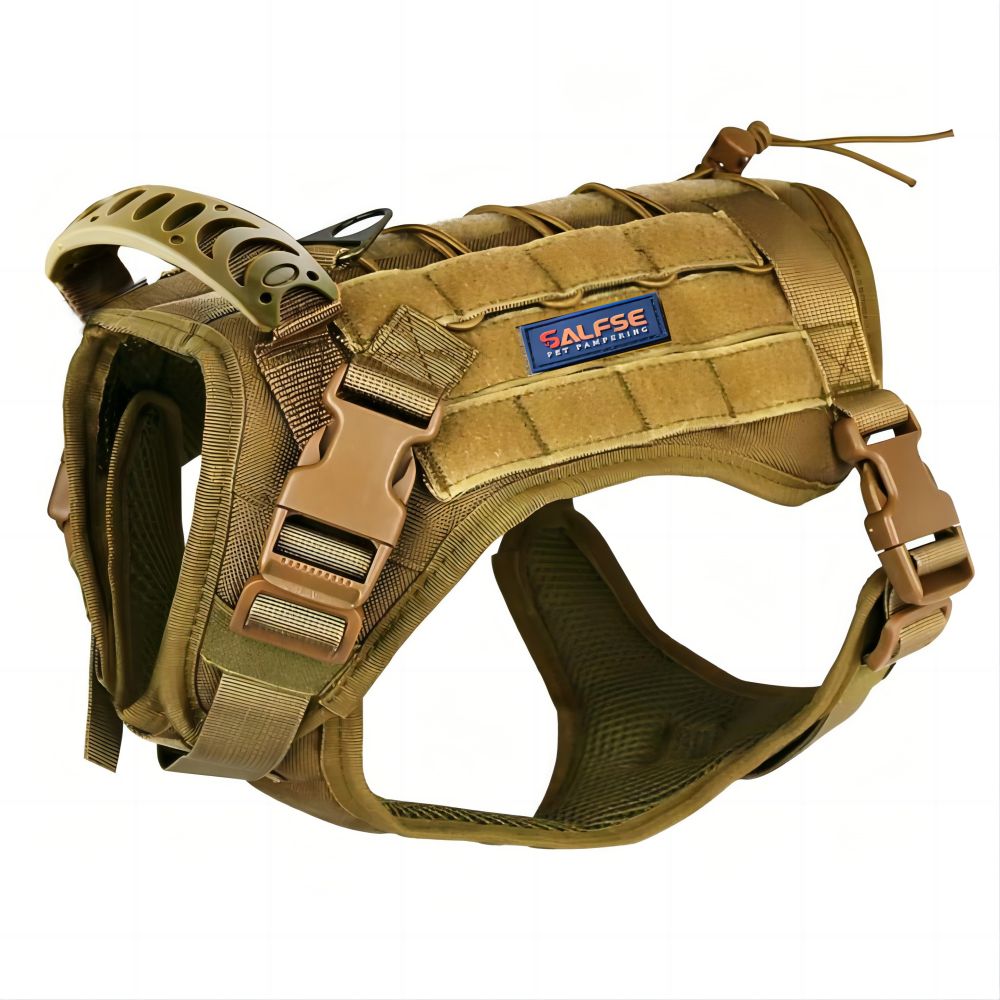
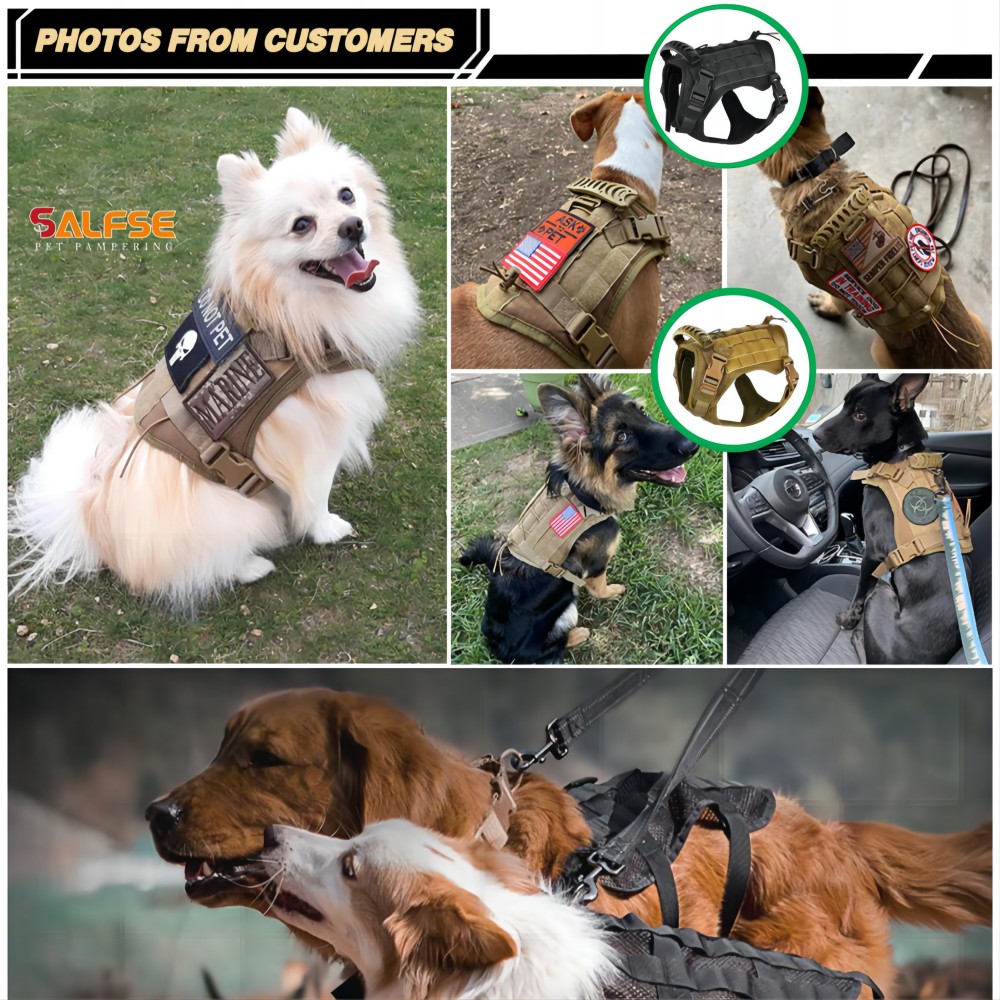
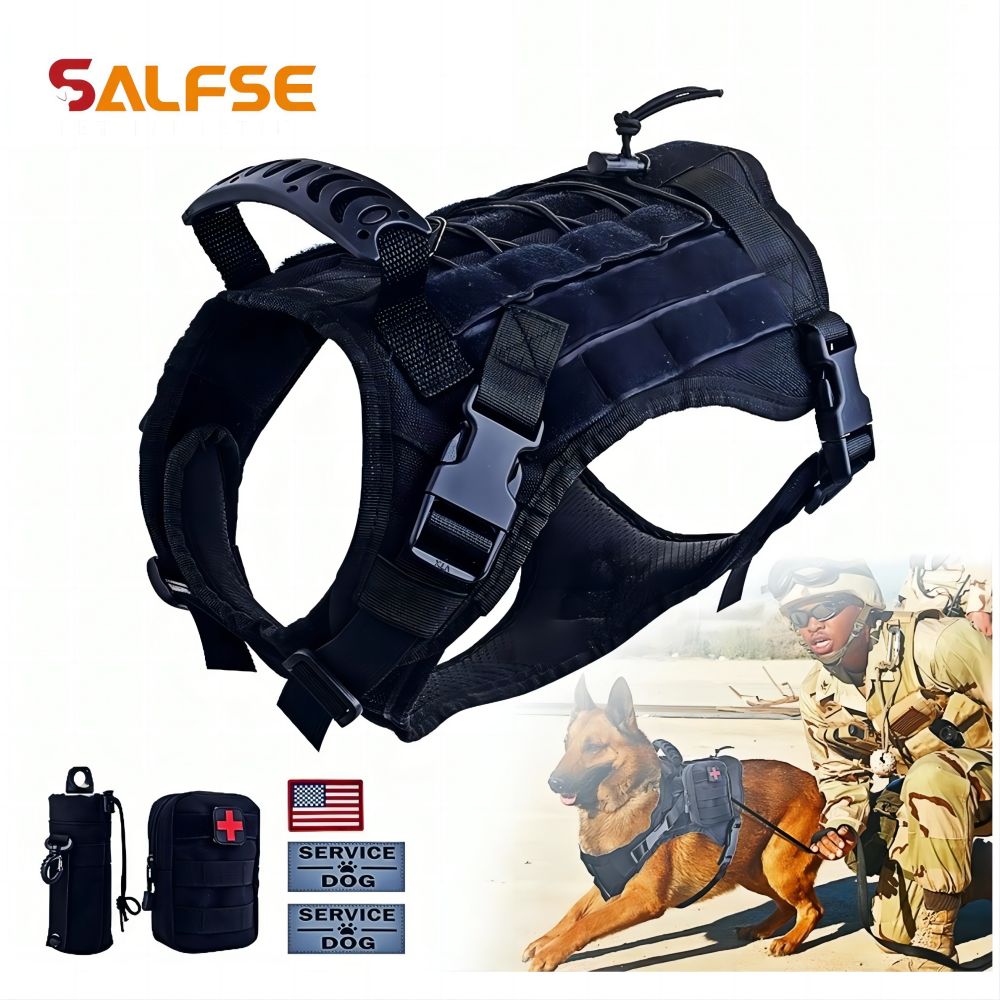
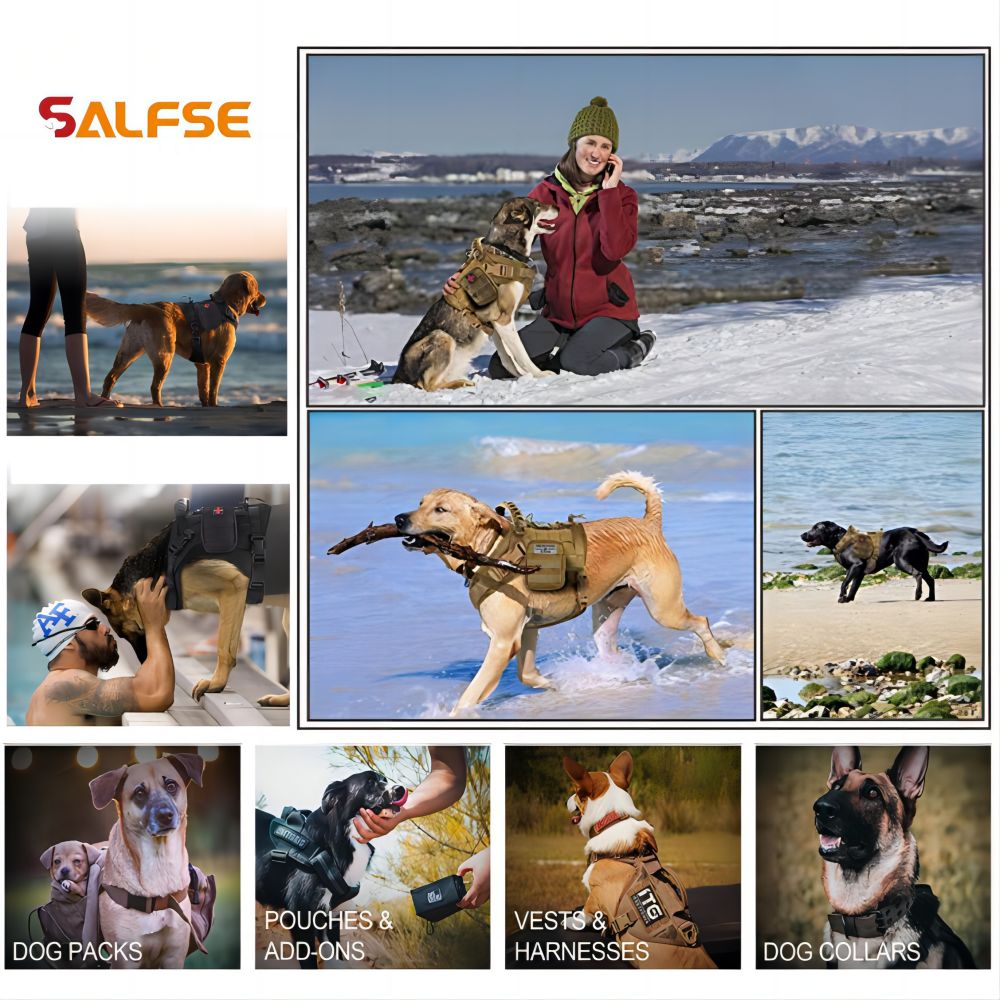
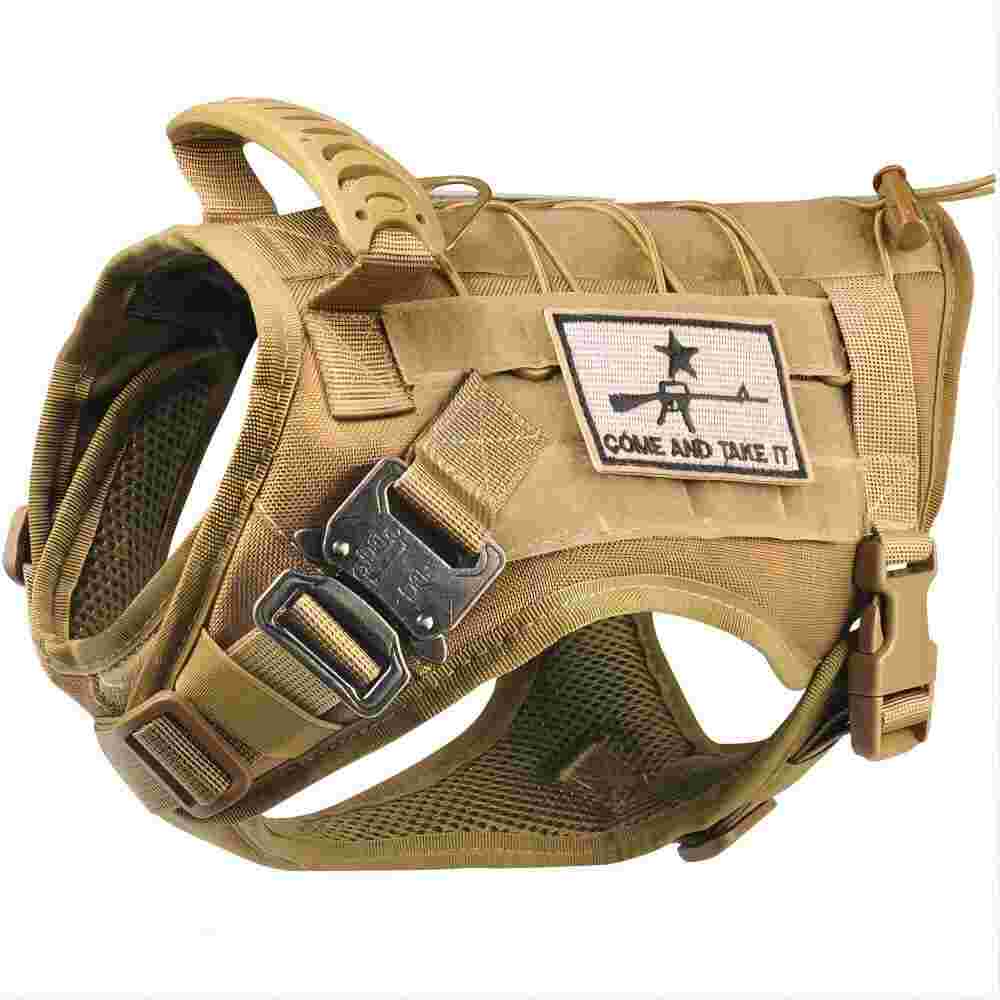
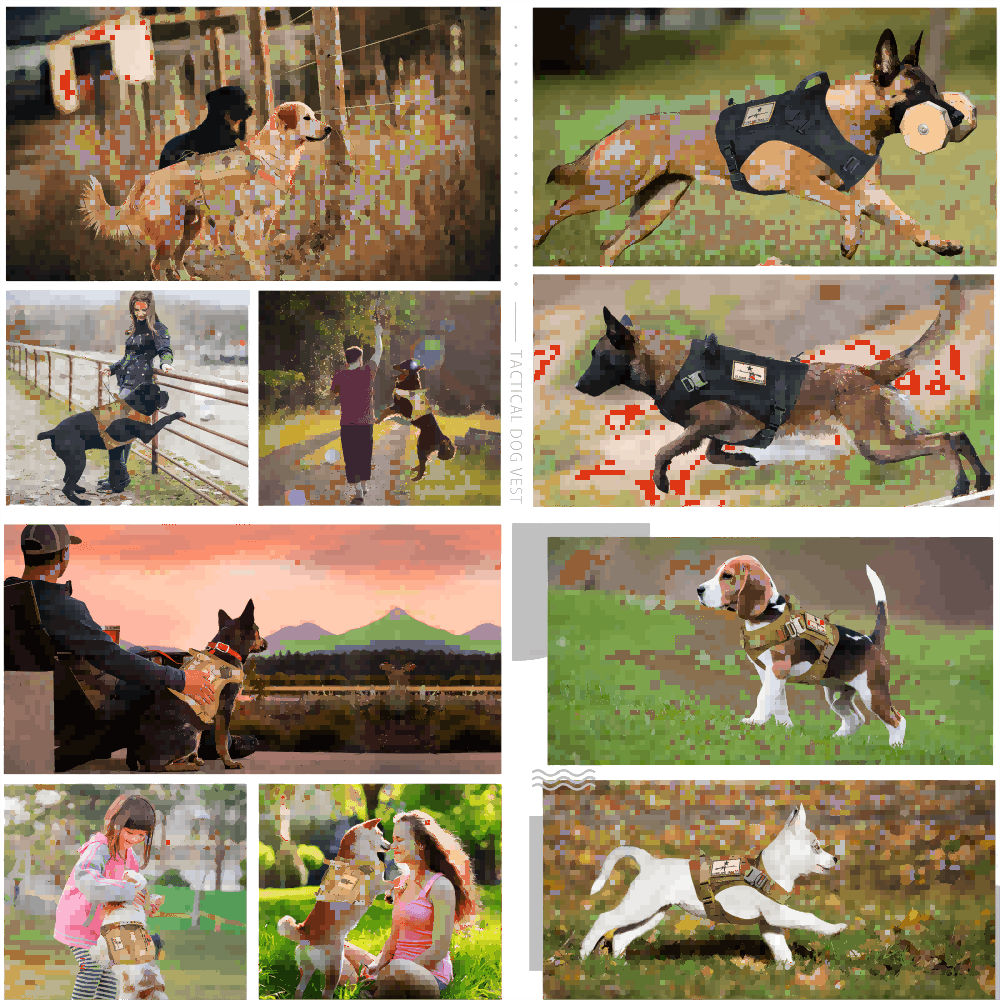
-1.png)



